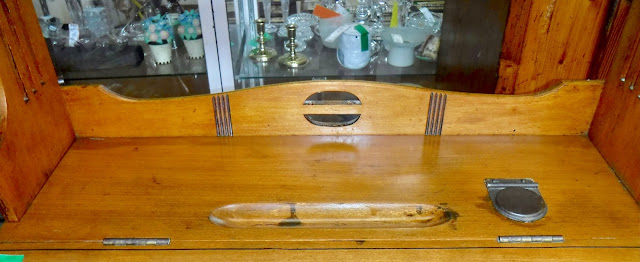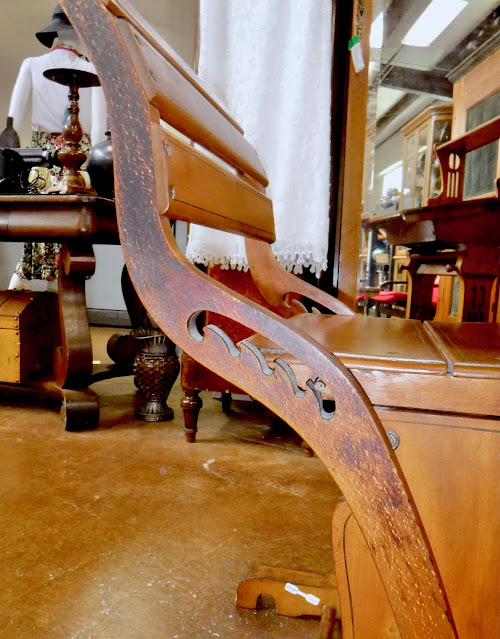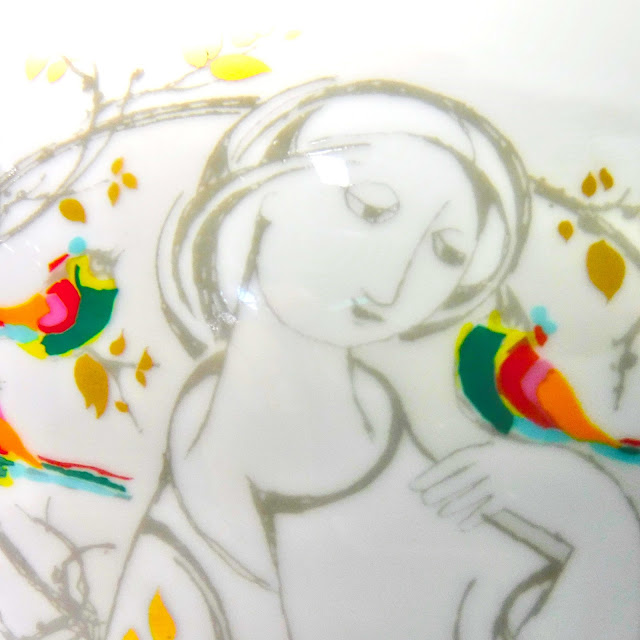This charming sculpture depicts Venus, the Roman goddess of love and beauty, about to break the bow of her son, Cupid, across her knee, while the winged boy pleads with his mother to stop.
Cupid was god of desire and whomever he struck with one of his arrows, whether mortal or deity, was seized with overwhelming passion and desire. The image of Venus disarming Cupid by breaking or taking away his bow was a popular scene in classical art and is drawn from Metamorphoses, the most famous work by the ancient Roman poet Ovid. In the poem, Cupid accidentally scratches Venus with one of his arrows. This results Venus falling madly in love with the mortal hunter, Adonis. After Adonis dies in a hunting accident, Venus punishes Cupid for exposing her to the torments of love by taking away his bow.
Of heavy metal with a golden bronze tone, this antique statue is superbly sculpted and cast.
The base has the partial signature of "Duchoiselle," a French sculptor active from 1840 through 1890. Though little is known of his life, he created a wide variety of sculptures in bronze, ranging from classical and historic subjects to detailed depictions of Native Americans. He also credited with ceiling reliefs for the Louvre and the Paris Opéra.
All posted items are for sale at Next-to-New, but things can sell quickly!
1677-1585



.jpeg)














.jpeg)
.jpeg)

.jpeg)
.jpeg)


